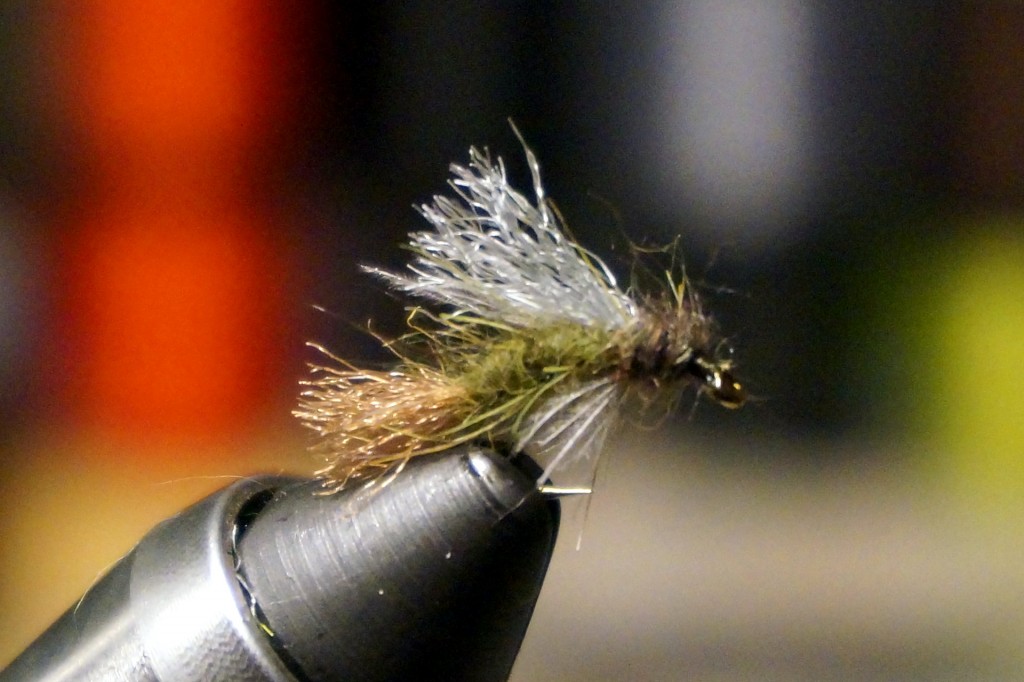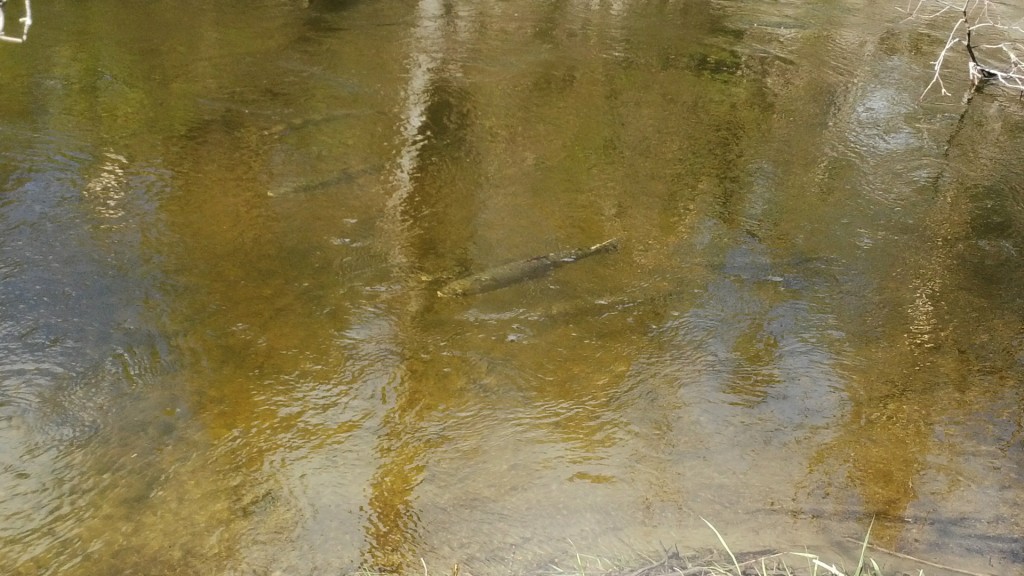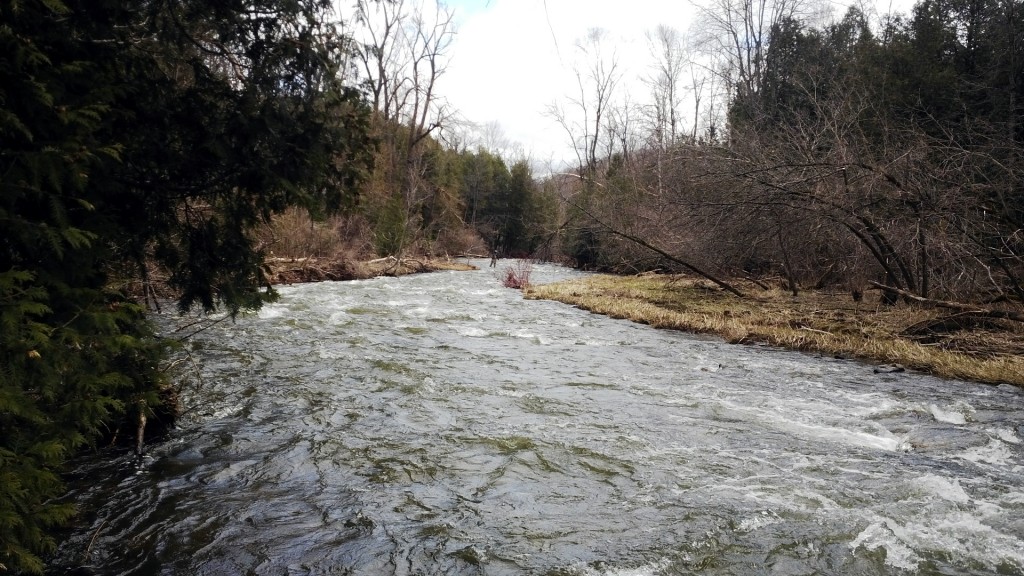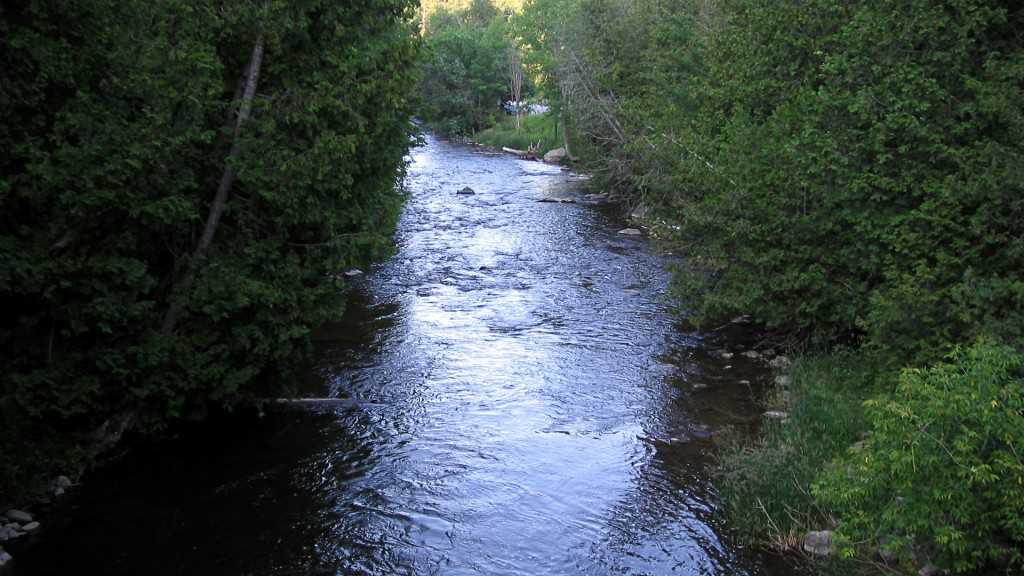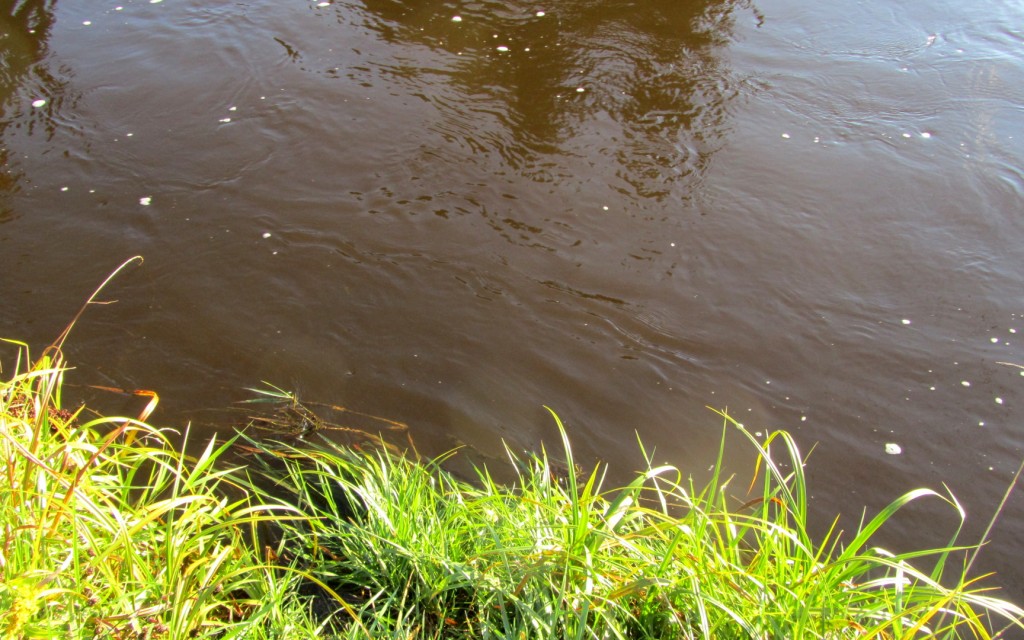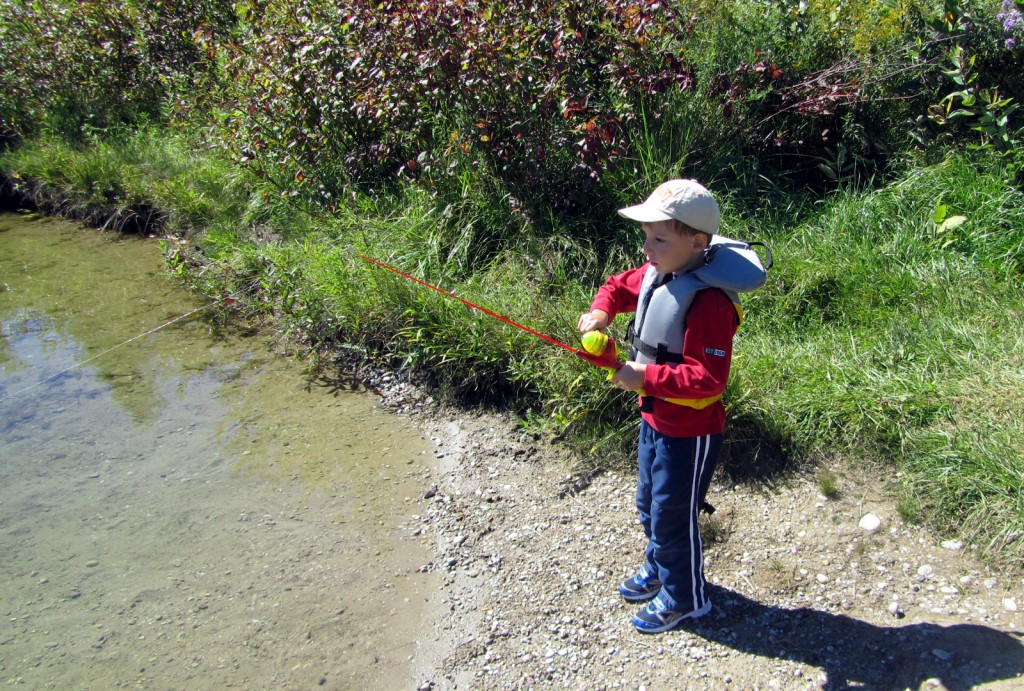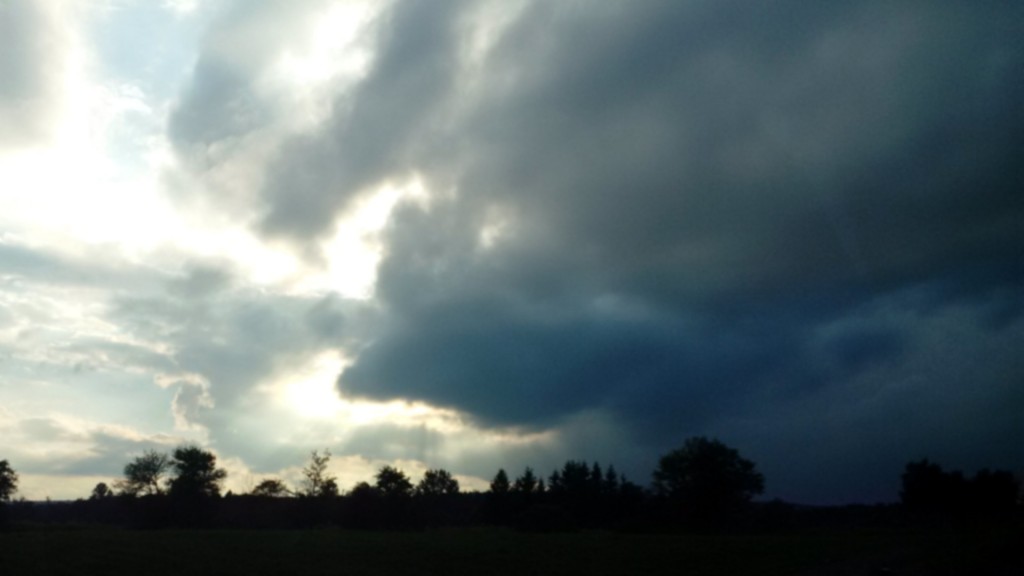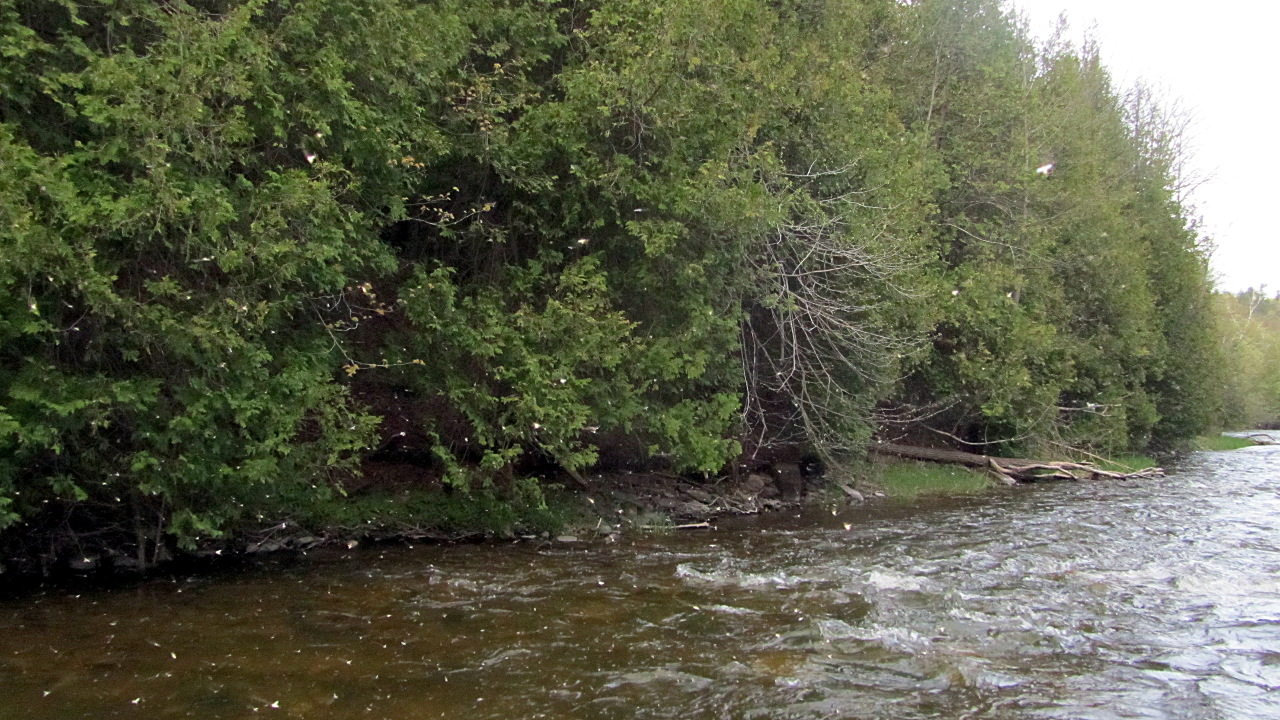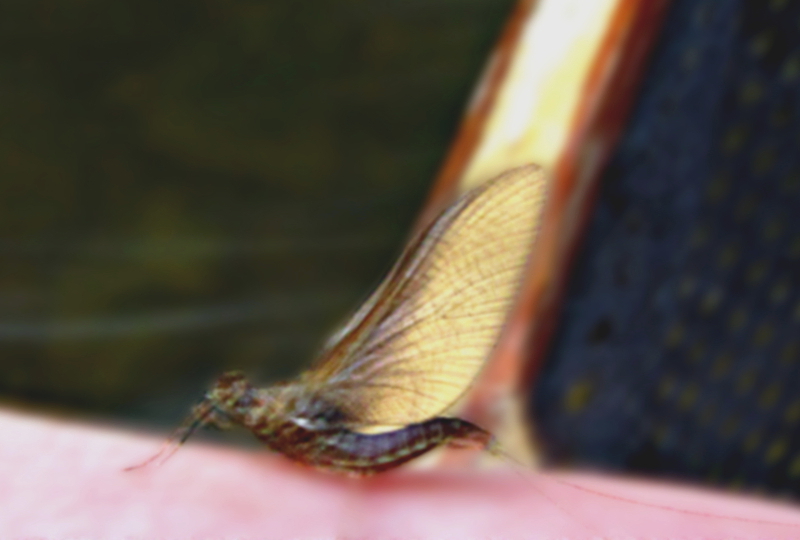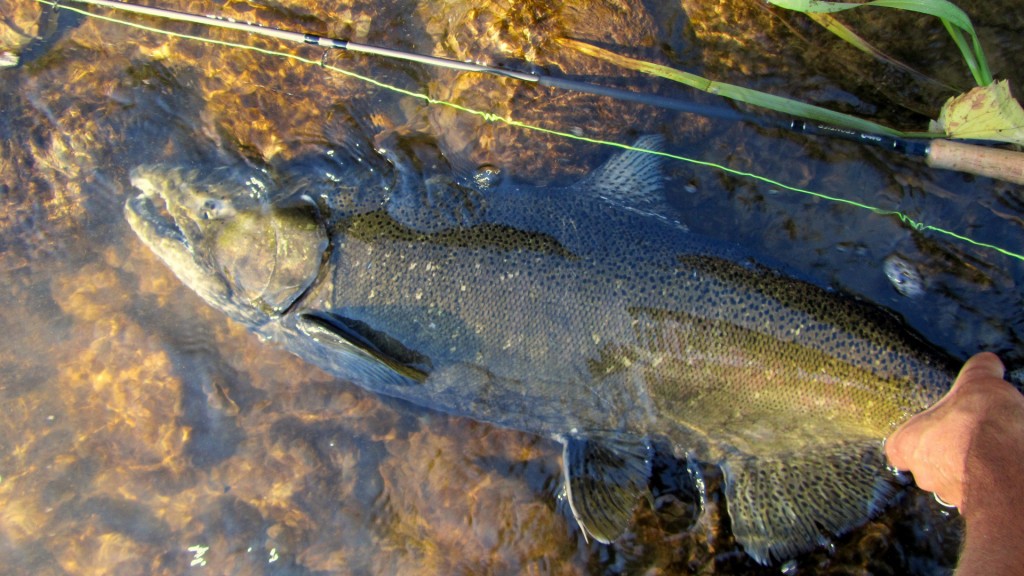I saw a tweet a few weeks ago that hit close to home for me, describing the time immediately after trout season closing as a trout hangover. That’s almost what it feels like when I put so much thought and effort into fishing at the end of the season. Since so much fishing is crammed into so few days, my fishing gear, tying gear and other related gear gets abused, pushed to its limits and in some cases, lost. During the active season, if any of the above were to happen, I would fairly quickly remedy the situation – otherwise I would not be properly equipped for my next outing. When the season ends however, there’s no immediate motivation to do so.
A few examples from this year’s end of season:
- I lost my pair of $200 polarized sunglasses and broke my landing yet – neither has been replaced yet
- I have yet to unpack my backpack / fishing pack
- My fly tying gear is scattered everywhere
- I still need to clean my fishing gear for storage
Basically, I sort of crash after all that buildup of excitement and anticipation ends and I suddenly lose the motivation to even think about it. So yeah, I’d say it feels a lot like a hangover.
Thankfully, it’s not permanent and the fact that I’m even posting this means that I’m recovering. I need to accept the fact that there’s still fishing after trout. It mostly comes in the form of Bass and Steelhead. In fact, I took my son out fly fishing for Bass a couple weekends ago and although we didn’t catch much, it was a refreshing change.
Bass definitely change their feeding habits in the fall and I’m not overly familiar with it. One effective and fun way to fish for them during the summer is with top water flies, but this is no longer true in the fall. Also, since most bass fishing is done in water that can’t be waded, it means I need to find a better way of getting at fish in deeper water. In the summer, I would use my float tube but I’m not too keen to jump in it with the colder waters of fall. What I really need, is a pontoon boat.
Steelhead are a different story and still something that I avoid like the plague. It’s not that I dislike them: I certainly have nothing against catching 10+ lb Rainbow Trout that can and do frequently take you into your backing. It’s just that I dislike the environments that must be endured to fish for them most of the time in Southern Ontario. Perhaps it makes me sound like an antisocial snob, but I don’t particularly enjoy sharing water with many other fishermen, especially the type that often lurk by the hundreds on small stretches of water during a good Steelhead run.
Surprisingly (or not), the number of productive resident trout rivers in Southern Ontario is relatively small in comparison to the number of productive steelhead rivers. However, though you might often find yourself enjoying a nice stretch of resident trout water by yourself, you’d be hard pressed to encounter such conditions when out on one of the many steelhead rivers. It’s a real dilemma for someone who is accustomed to the much more solitary resident trout fishing of this area. I also understand that this is not exactly the norm everywhere and when I complain about the conditions here, I’m only referring to Steelhead fishing Southern Ontario (though I’m sure the problem is not unique to this area).
On the plus side, our area boasts an extremely large number of Great Lakes rivers and tributaries that see large runs of Steelhead. I’m sure there are ways to experience more solitary Steelhead fishing in the area, which I have simply not discovered. One obvious way is to stay away from the more popular rivers: in other words, don’t try to fish the Credit River at Erindale Park. Another is to get out on a drift boat, but to be realistic, this means hiring a guide. While I’m all for putting money into the hands of fly fishing outfitters, at several hundred dollars per day, it’s simply not realistic to rely on drift boat guiding as a way to enjoy the sport. My only other idea is to fish when the weather sucks – but of course that means less enjoyment for me.
The long and short of it all is that I really do need to find a way to enjoy fishing into the fall and winter, after my trout hangover ends. My current stance on this is that I need to splurge and do a couple Steelhead guided trips, to hopefully get a better inside scoop on locations, timing and ideas on how to target Steelhead without massive crowds. At this point, I’m very much a novice when it comes to understanding this fish so anything I can learn will surely be useful.

